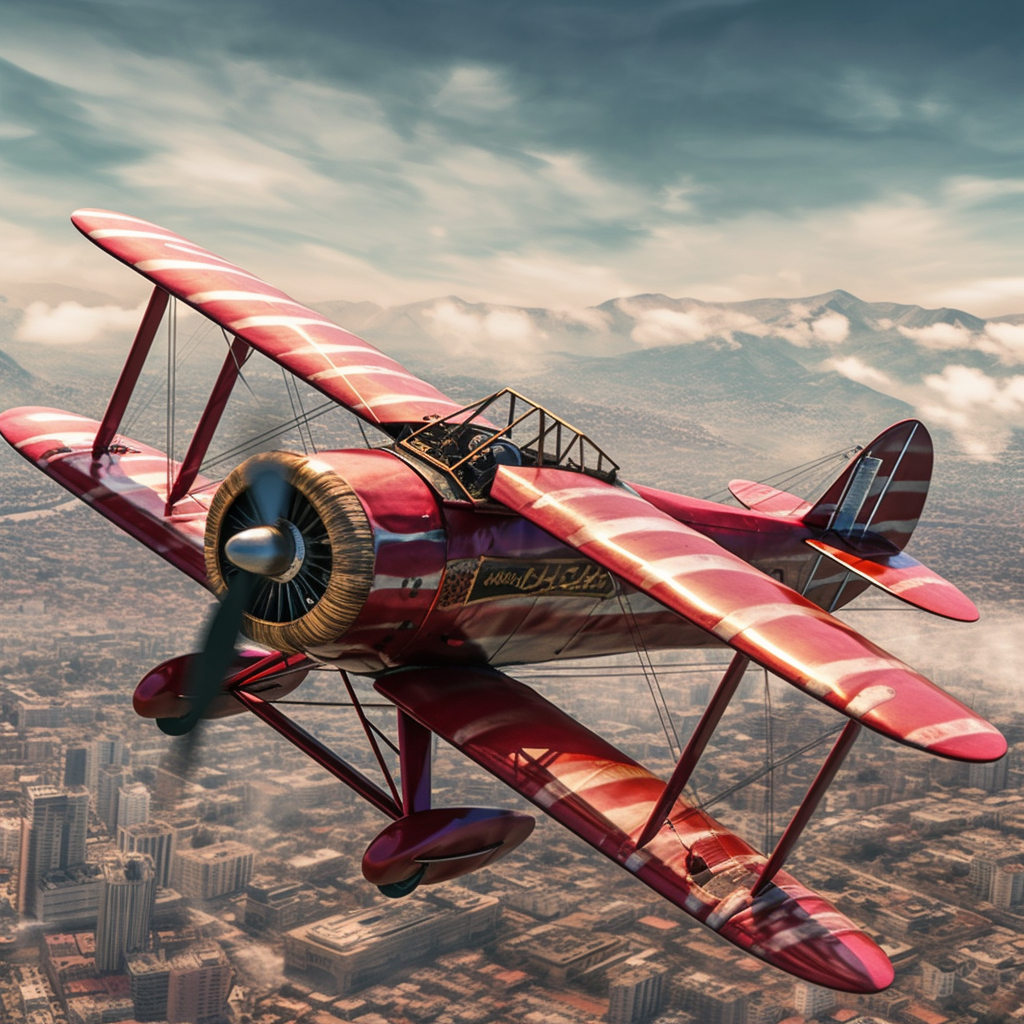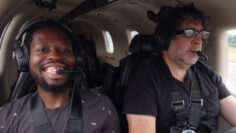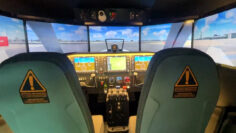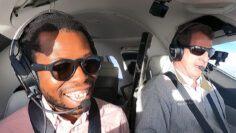Biplane Invention History

Have you ever gazed up at the sky and admired the powerful machines slicing through the air with breathtaking elegance? Aviation history is studded with countless marvels and innovations that have entirely revamped how we traverse the vast skies. One of these milestones that forever changed the course of flight is the invention of the biplane. With its unique design featuring two wings stacked atop each other, the biplane played a pivotal role in the nascent days of aviation, paving the way for future aircraft designs.
Tracing the Roots of the Biplane
The Age-old Human Fascination with Flight
Since time immemorial, humans have been spellbound by the concept of flight. The thought of soaring in the sky like birds have tantalized human imagination for centuries. From sketching primitive designs for flying contraptions in ancient times to Leonardo da Vinci’s complex flying machine drafts, the idea of flight has always been an irresistible allure.

The Indomitable Sir George Cayley and the Principle of Lift
The 19th century witnessed substantial strides in understanding the fundamentals of flight. The English engineer and aviation pioneer Sir George Cayley was instrumental in this endeavour. Through his tireless efforts, Cayley unravelled the concept of lift – a crucial force that enables an aircraft to counteract gravity and remain airborne.
Samuel Langley’s Pioneering “Whirling Arm” Experiments
Building on Cayley’s foundations, the American physicist and astronomer Samuel Langley delved deeper into the mysteries of aerodynamics. His innovative contraption, the “Whirling Arm,” allowed him to measure the forces of lift and drag on different wing shapes. Langley’s groundbreaking work laid the cornerstone for the development of the biplane.






